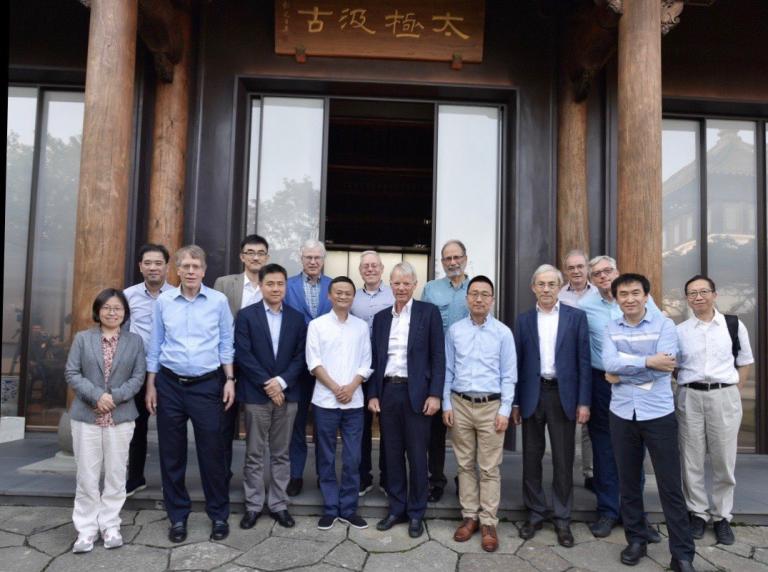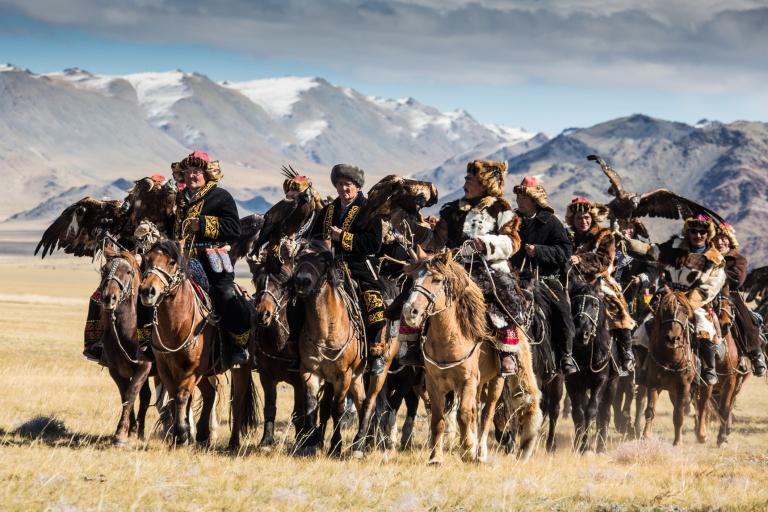Zhang Qian, Trail Blazer of The Silk Road
2 min readThe pioneer who blazed the trail of the Silk Road was Zhang Qian(c.164-114 BC),a general of the Western Han Dynasty (206 BC-AD 25). In Zhang Qian’s time, the Chinese had little knowledge about Central and West Asian countries, Africa or Europe, although they were aware of the existence of many different countries and cultures in faraway places to the west. During the reign of Emperor Wu(r.140-87 BC), there were 36 small kingdoms in the Western Regions(present-day Xinjiang and parts of Central Asia).

All of them were later conquered by the Huns, who then posed a direct threat to the Western Han and blocked the dynasty’s path west. Under these circumstances, Emperor Wu appointed Zhang Qian to lead a team of more than 100 envoys to the Western Regions. The mission was to unite the Indo-Scythic people against the Huns, who once killed their chieftain. Zhang Qian’s team set out in 138 BC.

No sooner had they entered the Hexi Corridor(northwest of present-day Gansu Province), when they were captured by the Huns. After being held under house arrest for over ten years, Zhang Qian and only one other remaining envoy managed to escape and return to Chang’ an in 126 BC. Their accounts about the Western Regions were a revelation to the Han emperor and his ministers. In the next two decades, Emperor Wu launched three major campaigns against the Huns, forcing them to retreat from the Western Regions. In 119 BC, the emperor sent Zhang Qian on a second mission to the Western Regions. This time Zhang Qian went further west, while his deputies reached more than a dozen countries in South and West Asia, and the Mediterranean.
Zhang Qian’s two missions to the Western Regions opened up the road to the west. Emperor Wu adopted a series of measures to strengthen ties with the Western Regions, including encouraging Han people to trade there. Soon the route was bustling with caravans of camels carrying goods of all types and reverberating with the tinkling of their bells. Through the Silk Road, trade flourished between China and Central, South and West Asian countries, Africa, and Europe. In 166, envoys from Rome arrived via the Silk Road in Chang’ an, where they set up an embassy. The Silk Road also facilitated active trade between India, Southeast Asia, West Asia, Africa, and Europe. The exchange of new goods and technologies from different continents greatly helped to promote the development of all the civilizations involved.









